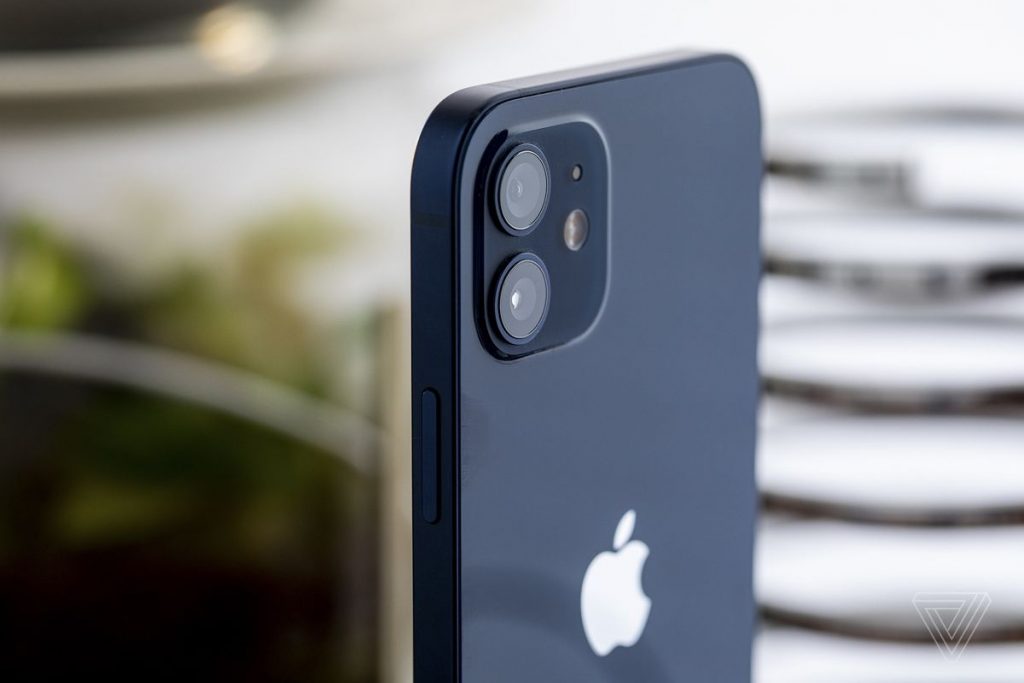Having trouble with your phone charger? This blog will help you tackle the problem of loose connections and get your phone back up and running in no time. Learn how to check the connection, replace the charger, and more.
What to Do When Your Phone Charger is Loose?
If your phone charger is loose and not making a good connection, you should first try to reseat it. Disconnect your charger from your phone, then plug it back in firmly. Make sure that it is plugged in securely and that the pins are lined up correctly. If it is still loose, try using a different charger or cable.
How To Tell If Someone Blocked You On Kik?
Reasons why phone chargers become loose
- Wear and tear: Over time, the strain from constantly plugging and unplugging the charger into the port can cause the metal contacts to become loose, resulting in a weak connection with the device.
- Damage: Accidentally pulling the cord too hard or dropping the charger can cause the metal contacts to become damaged, resulting in a weak connection.
- Poor quality: Low-quality chargers may use poor-grade metal contacts or have a poor design, resulting in a weak connection.
- Corrosion: Moisture and other contaminants can cause corrosion on the metal contacts, resulting in a weak connection.
- Poor fit: If the charger was not made for the specific device, it may not fit correctly, resulting in a weak connection.
‘Unable To Set Startup Disk’ Error 104 – Complete Solution
Common Signs of a Loose Phone Charger
- Wiggling Connector: One of the most obvious signs of a loose phone charger is the connector wiggling when inserted into the device. This is a clear indication that the charger is not properly secured and is not making a good electrical connection.
- Slipping Out of Device: Another common sign of a loose phone charger is that it slips out of the device when it’s plugged in. This is usually caused by the charger not being firmly seated, and can be a sign that the charger has become damaged or worn out.
- Poor Electrical Connection: Poor electrical connection is another sign that the charger is not secure. This can be caused by a damaged or worn out connector, or even a loose connection between the device and charger.
- Charging Issues: Finally, if your phone is not charging properly, it could be a sign that the charger is not making a good connection. If you notice that your device takes longer than usual to charge, or it doesn’t charge at all, this could be a sign that the charger is loose.
How To Fix OS Status Error 47? All Steps Explained
Causes of a Loose Phone Charger
- Faulty Charger: The most common cause of a loose phone charger is a faulty charger. This could be due to a manufacturing defect or damage caused by misuse. A faulty charger may not fit securely into the charging port, making it difficult to charge your device.
- Worn Out Connector: Another cause of a loose phone charger is a worn out connector. Over time, the connector on your charger can become worn out from repeatedly plugging and unplugging it into your device. This can cause the connector to become loose, making it difficult to charge your phone.
- Debris in the Charging Port: Debris or dirt can accumulate inside the charging port of your device, making it difficult to charge your phone. This can cause the connector on the charger to become loose and not fit snugly into the port.
- Incorrectly Sized Charger: If the charger you are using is not the right size for your device, it may not fit properly into the charging port. This can cause the charger to be loose, making it difficult to charge your phone.
How to Fix File System Check Exit Code is 65 Error
Solutions for Fixing a Loose Phone Charger
- Tighten the Connector: Take the charger out of the wall and check the metal pins on the charger. If they are loose, tighten them with a pair of needle-nose pliers.
- Check for Damage: Inspect the charger for any damage or frayed wires. If you find any, replace the charger immediately.
- Tape it Up: Wrap some electrical tape around the metal pins of the charger to make it fit more securely in the wall outlet.
- Use a Plug Adapter: Plug the charger directly into the wall outlet using a plug adapter. This will provide more stability and reduce the chances of the charger becoming loose.
- Reinforce the Connection: Use a rubber band or zip tie to secure the charger in the wall outlet. This will help keep the charger from becoming loose.
Warnings about potential dangers of a loose charger
- Fire/Electrical Hazard: Loose chargers can become disconnected from the wall socket, causing an exposed electrical wire. This can create a fire hazard or an electrical shock.
- Damage to Devices: Loose chargers can damage your device if the connection is improperly made. This can cause the device to overheat, potentially leading to a fire, or causing permanent damage to the device.
- Strangulation: Loose chargers can become entangled around a person’s neck or limbs and pose a strangulation hazard.
- Tripping Hazard: Loose chargers can be a tripping hazard if they are left on the floor or in an area where people are walking. This can lead to an accident or injury.
- Accidental Unplugging: Loose chargers can easily become disconnected from the wall socket, potentially causing devices to lose power or become damaged.





